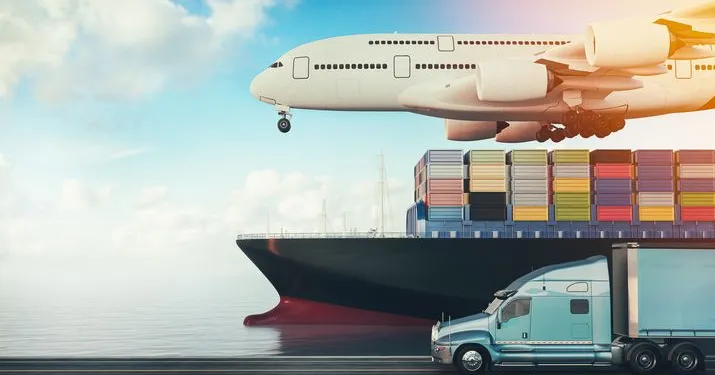E-commerce is the buying and selling of goods or services using the internet, and the transfer of money and data to execute these transactions. It is a subset of electronic commerce. E-commerce draws on technologies such as mobile commerce, electronic funds transfer, supply chain management, Internet marketing, online transaction processing, electronic data interchange (EDI), inventory management systems, and automated data collection systems. Modern electronic commerce typically uses the World Wide Web for at least one part of the transaction’s life cycle although it may also use other technologies such as e-mail.
E-commerce is often used to refer to the sale of physical products online, but it can also describe any kind of commercial transaction that is facilitated through the internet. For example, e-commerce can also be used to provide digital goods and services, such as software, music, and movies.
E-commerce has grown rapidly in recent years. In 2020, global e-commerce sales reached $4.2 trillion, up from $2.3 trillion in 2017. This growth is being driven by a number of factors, including the increasing availability of broadband internet, the growth of mobile devices, and the rising popularity of online shopping.
There are a number of benefits to e-commerce for both businesses and consumers. For businesses, e-commerce can provide a number of advantages, including:
- Increased reach: E-commerce allows businesses to reach a global audience, which can help them to increase sales and profits.
- Reduced costs: E-commerce can help businesses to reduce their costs, such as rent, utilities, and staff salaries.
- Improved efficiency: E-commerce can help businesses to improve their efficiency, such as by automating order processing and customer service.
For consumers, e-commerce can provide a number of advantages, including:
- Convenience: E-commerce allows consumers to shop from the comfort of their own homes.
- Choice: E-commerce offers consumers a wider range of products and services to choose from than traditional brick-and-mortar stores.
- Value: E-commerce can often offer consumers lower prices than traditional brick-and-mortar stores.
Despite the many benefits of e-commerce, there are also some challenges that businesses and consumers face. For businesses, some of the challenges of e-commerce include:
- Security: E-commerce transactions are often conducted over the internet, which can make them vulnerable to security breaches.
- Fraud: E-commerce businesses are often targeted by fraudsters, who attempt to steal customer information or credit card numbers.
- Returns: E-commerce businesses often have to deal with a higher rate of returns than traditional brick-and-mortar stores.
For consumers, some of the challenges of e-commerce include:
- Product quality: It can be difficult to assess the quality of a product before purchasing it online.
- Delivery time: Delivery times can vary depending on the merchant and the shipping method.
- Returns: Returns can be difficult and time-consuming.
Despite the challenges, e-commerce is a growing trend that is likely to continue to grow in the years to come. As the internet becomes more ubiquitous and the technology behind e-commerce improves, businesses and consumers will continue to find new and innovative ways to use e-commerce to their advantage.
Here are some of the most popular types of e-commerce:
- Retail: This is the most common type of e-commerce, and it involves the sale of physical goods online.
- Wholesale: Businesses that sell goods to other businesses, rather than directly to consumers, use wholesale e-commerce.
- Service: This type of e-commerce involves the sale of services online, such as travel, insurance, and financial services.
- Digital goods: This type of e-commerce involves the sale of digital goods, such as software, music, and movies.
E-commerce is a rapidly growing industry that is changing the way people shop and do business. As the internet becomes more ubiquitous and the technology behind e-commerce improves, businesses and consumers will continue to find new and innovative ways to use e-commerce to their advantage.








You must be logged in to post a comment.